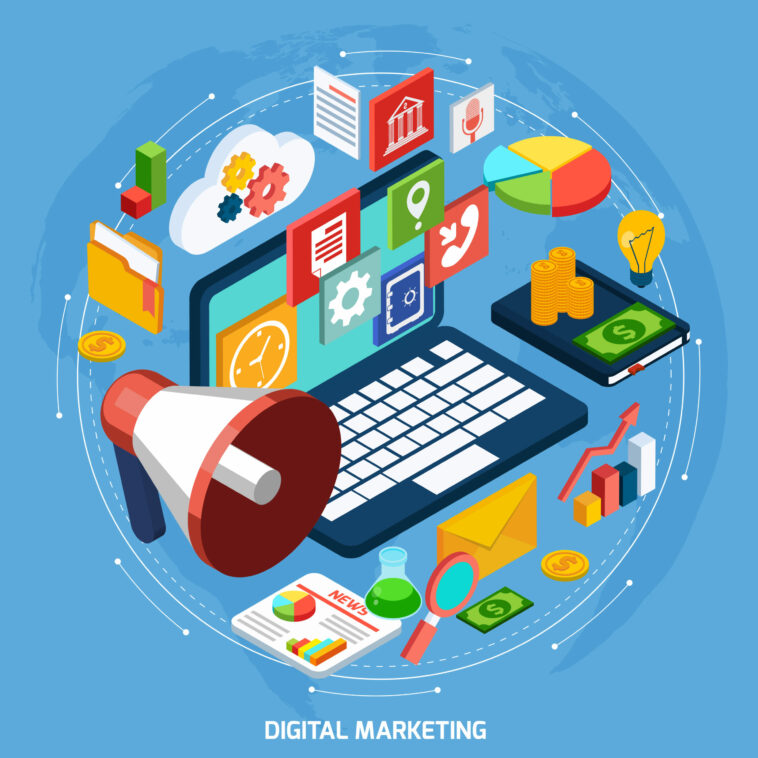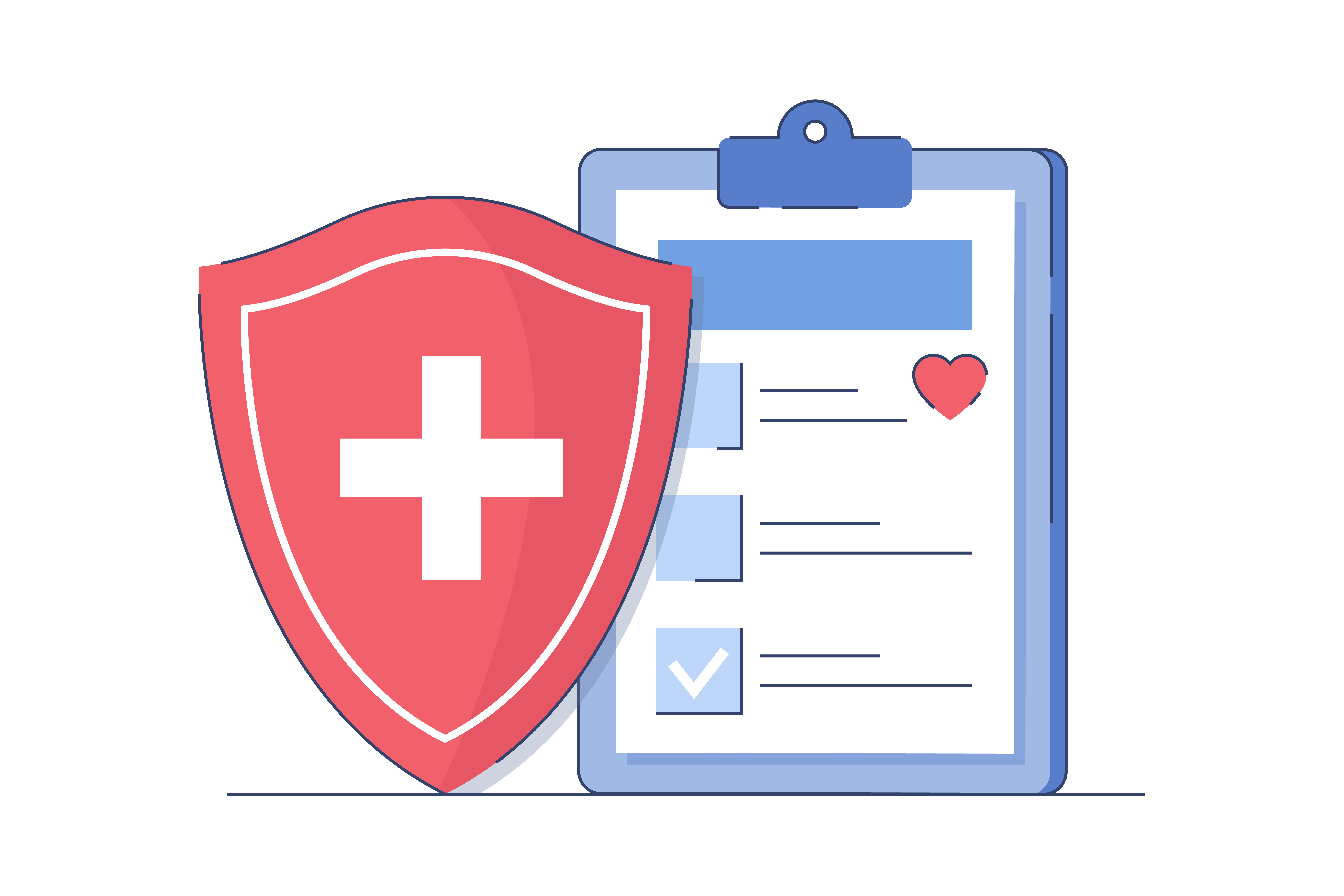In today’s hyper-connected world, digital marketing is more than just a buzzword—it’s an essential component of any successful business strategy. Whether you’re a seasoned entrepreneur or just starting, understanding and leveraging digital marketing can significantly enhance your brand’s visibility, engage your target audience, and ultimately drive sales. But what exactly is digital marketing, and how can you make it work for your business? In this comprehensive guide, I’ll walk you through the fundamentals of digital marketing, explore the latest trends, and offer actionable strategies to help you succeed in the digital space.
What Is Digital Marketing?
Digital marketing encompasses all marketing efforts that use an electronic device or the internet. Businesses leverage digital channels such as search engines, social media, email, websites, and mobile apps to connect with current and prospective customers. Unlike traditional marketing, which relies on print, radio, and TV ads, digital marketing allows for real-time data analysis, precise targeting, and a two-way communication channel with consumers.
Key Components of Digital Marketing
Digital marketing is a broad field, encompassing various strategies and techniques. Here are the key components you need to understand:
1. Search Engine Optimization (SEO)
SEO is the practice of optimizing your website to rank higher in search engine results pages (SERPs). The goal is to increase organic (non-paid) traffic to your site by making it more visible to people searching for relevant keywords. SEO involves various techniques, including keyword research, on-page optimization, content creation, and link building.
2. Content Marketing
Content marketing is all about creating and distributing valuable, relevant, and consistent content to attract and engage a clearly defined audience. This can include blog posts, articles, videos, infographics, podcasts, and more. The goal is to provide useful information that solves your audience’s problems, establishes your brand as an authority, and ultimately drives profitable customer action.
3. Social Media Marketing
Social media marketing involves using platforms like Facebook, Instagram, Twitter, LinkedIn, and TikTok to promote your brand, products, or services. Social media is a powerful tool for building brand awareness, engaging with customers, and driving traffic to your website. Effective social media marketing requires understanding your audience, creating compelling content, and engaging with followers consistently.
4. Pay-Per-Click (PPC) Advertising
PPC advertising is a model where advertisers pay a fee each time their ad is clicked. It’s a way to buy visits to your site rather than earning them organically. Google Ads is the most popular PPC platform, allowing businesses to bid on keywords that potential customers are searching for. When done correctly, PPC can be an effective way to drive targeted traffic to your website and generate leads quickly.
5. Email Marketing
Email marketing is one of the most cost-effective digital marketing strategies. It involves sending emails to your audience to promote your products or services, build relationships, or nurture leads. Effective email marketing requires a well-maintained email list, personalized content, and strategic timing to ensure your messages are relevant and engaging.
6. Affiliate Marketing
Affiliate marketing involves partnering with other businesses or individuals (affiliates) who promote your products in exchange for a commission on sales. It’s a performance-based strategy that allows you to reach a broader audience without significant upfront costs. By leveraging the audience of your affiliates, you can increase brand exposure and drive sales.
7. Influencer Marketing
Influencer marketing leverages the reach and credibility of popular individuals (influencers) to promote your brand. Influencers have established trust with their followers, making their endorsements highly effective. This strategy can be particularly powerful on social media platforms, where influencers have a strong presence and can drive significant engagement.
8. Conversion Rate Optimization (CRO)
CRO is the process of improving your website or landing pages to increase the percentage of visitors who take a desired action, such as making a purchase or signing up for a newsletter. By analyzing user behavior and testing different elements, you can optimize your site to convert more visitors into customers.
Why Digital Marketing Is Essential for Your Business
In an increasingly digital world, traditional marketing methods alone are no longer sufficient. Here’s why digital marketing is crucial for your business:
1. Reach a Larger Audience
The internet has a global reach, allowing you to connect with potential customers worldwide. Digital marketing enables you to target specific demographics, interests, and behaviors, ensuring your message reaches the right people at the right time.
2. Cost-Effective
Compared to traditional advertising channels like TV, radio, and print, digital marketing is often more affordable. With strategies like SEO, content marketing, and social media, you can achieve significant results without a massive budget. Even paid strategies like PPC and social media ads can be highly cost-effective when managed properly.
3. Measurable Results
One of the biggest advantages of digital marketing is the ability to track and measure your results in real time. Tools like Google Analytics, social media insights, and email marketing software provide detailed data on your campaigns’ performance. This allows you to see what’s working, make data-driven decisions, and optimize your strategies for better results.
4. Build Stronger Relationships
Digital marketing allows for direct interaction with your audience through channels like social media, email, and live chat. By engaging with customers in real time, you can build stronger relationships, address their needs, and foster brand loyalty.
5. Stay Competitive
In today’s market, consumers expect businesses to have a strong online presence. If your competitors are investing in digital marketing and you’re not, you risk falling behind. By staying active online and adapting to digital trends, you can maintain a competitive edge and attract more customers.
Top Digital Marketing Trends to Watch
The digital marketing landscape is constantly evolving, with new trends and technologies emerging all the time. Staying ahead of these trends can give you a competitive advantage. Here are some of the top digital marketing trends to watch in the coming years:
1. Video Marketing
Video content continues to dominate the digital space, with platforms like YouTube, TikTok, and Instagram Reels driving massive engagement. Consumers prefer video content because it’s easy to digest and more engaging than text or images alone. Incorporating video into your marketing strategy—whether through product demos, tutorials, or behind-the-scenes footage—can help you connect with your audience on a deeper level.
2. Voice Search Optimization
With the rise of smart speakers and voice assistants like Alexa and Siri, voice search is becoming increasingly popular. Optimizing your content for voice search involves focusing on conversational keywords and phrases that people are likely to speak rather than type. This trend is particularly important for local businesses, as many voice searches are location-based.
3. Artificial Intelligence and Machine Learning
AI and machine learning are transforming digital marketing by enabling more personalized and efficient campaigns. From chatbots that provide instant customer service to algorithms that predict consumer behavior, these technologies can help you deliver better experiences and achieve higher ROI. Incorporating AI tools into your marketing strategy can help you stay ahead of the competition and optimize your efforts.
4. Personalization
Consumers are increasingly expecting personalized experiences, from tailored content to product recommendations. Personalization involves using data to deliver content and offers that are relevant to individual users based on their preferences, behavior, and demographics. Implementing personalization strategies, such as dynamic content on your website or personalized email campaigns, can improve engagement and conversion rates.
5. Influencer Marketing Evolution
While influencer marketing is not new, it’s evolving rapidly. Micro-influencers (those with smaller but highly engaged followings) are becoming more popular, as they often offer better ROI than larger influencers. Additionally, the focus is shifting towards long-term partnerships rather than one-off campaigns, allowing brands to build deeper relationships with influencers and their audiences.
Creating a Digital Marketing Strategy
To succeed in digital marketing, you need a well-defined strategy that aligns with your business goals. Here’s a step-by-step guide to creating a digital marketing strategy:
1. Define Your Goals
Start by identifying what you want to achieve with your digital marketing efforts. Are you looking to increase brand awareness, generate leads, drive sales, or improve customer retention? Your goals will guide your strategy and help you measure success.
2. Know Your Audience
Understanding your target audience is crucial for effective digital marketing. Research your audience’s demographics, interests, behavior, and pain points. Create detailed buyer personas that represent your ideal customers, and use these personas to tailor your messaging and choose the right channels.
3. Choose the Right Channels
Based on your goals and audience, select the digital marketing channels that will be most effective for your business. This could include a combination of SEO, content marketing, social media, email marketing, PPC, and more. Focus on the channels where your audience is most active and where you can achieve the highest ROI.
4. Develop a Content Plan
Content is the foundation of digital marketing. Develop a content plan that aligns with your goals and provides value to your audience. This could include blog posts, videos, social media updates, email newsletters, and more. Ensure your content is optimized for search engines and tailored to each stage of the buyer’s journey.
5. Implement and Monitor
Once your strategy is in place, it’s time to implement it. Launch your campaigns, monitor their performance using analytics tools, and adjust your strategy as needed. Digital marketing is an ongoing process, and continuous optimization is key to success. Regularly review your results, experiment with new tactics, and refine your approach based on data insights.
Conclusion
Digital marketing is an ever-evolving field that offers endless opportunities for businesses to connect with their audience and achieve their goals. By understanding the core components of digital marketing, staying on top of the latest trends, and creating a well-defined strategy, you can navigate the digital landscape with confidence and drive meaningful results for your business. Remember, the key to success in digital marketing is to be adaptable, data-driven, and always focused on providing value to your audience.
Frequently Asked Questions (FAQ)
1. What is the most effective digital marketing strategy?
The most effective digital marketing strategy depends on your business goals, target audience, and industry. A combination of SEO, content marketing, social media, and email marketing often provides a solid foundation. However, it’s essential to tailor your approach based on your specific needs and continuously optimize based on data insights.
2. How long does it take to see results from digital marketing?
The timeline for seeing results from digital marketing can vary depending on the strategies used. SEO and content marketing may take several months to show significant results, while PPC and social media ads can generate traffic and leads more quickly. Consistency and continuous optimization are key to achieving long-term success.
3. How can I improve my website’s SEO?
To improve your website’s SEO, focus on keyword research, creating high-quality content, optimizing on-page elements (such as title tags, meta descriptions, and headers), and building backlinks from reputable sources. Regularly update your content, ensure your site is mobile-friendly, and improve page load times to enhance user experience and search engine rankings.
4. What role does social media play in digital marketing?
Social media plays a crucial role in digital marketing by allowing businesses to connect with their audience, build brand awareness, and drive traffic to their website. It’s also a valuable tool for customer engagement, feedback, and promoting content. Effective social media marketing involves creating and sharing relevant content, engaging with followers, and leveraging paid advertising to reach a broader audience.
5. How do I measure the success of my digital marketing campaigns?
Success in digital marketing is measured using key performance indicators (KPIs) that align with your goals. Common KPIs include website traffic, conversion rates, lead generation, social media engagement, email open rates, and return on investment (ROI). Use analytics tools like Google Analytics, social media insights, and email marketing software to track these metrics and evaluate the effectiveness of your campaigns.


